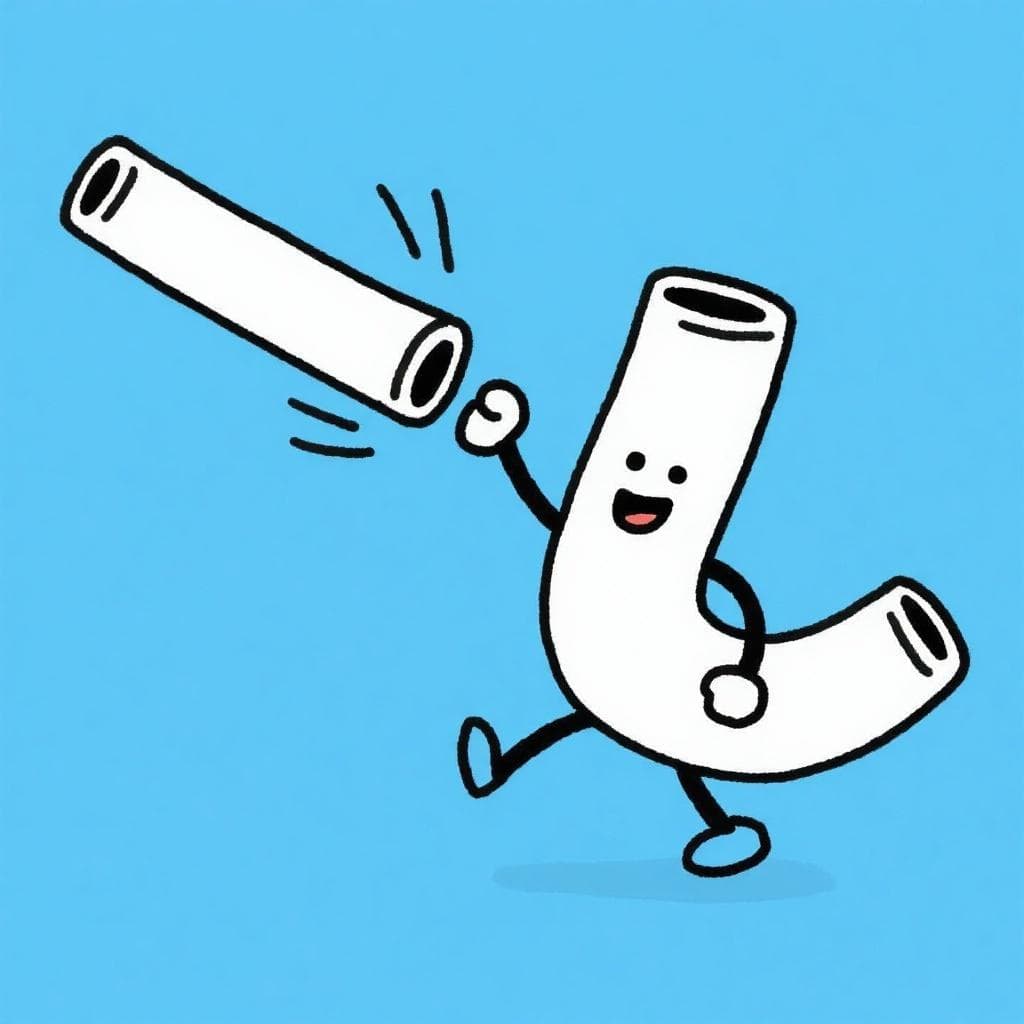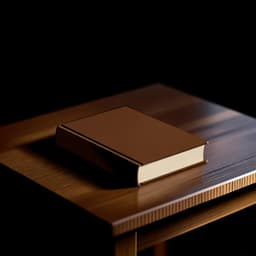Un tubo tiró un tubo.
un TU-bo ti-RÓ un TU-bo
A tube threw a tube.
🔊 Listen & Practice
Start with slow speed to master pronunciation, then gradually increase to challenge yourself.
🎨 Visualization

One tube throwing another tube! Can you say it without getting your 'b's and 't's twisted?
🎯 Pronunciation Focus
The Soft 'b' Sound
/b/ (often pronounced [β])When 'b' comes between two vowels (like in 'un tuBo'), it's a soft sound. Your lips get close but don't stop the air completely, creating a gentle, flowing sound unlike the hard English 'b'.
The Crisp Spanish 't'
/t̪/The Spanish 't' is made with the tip of your tongue touching the back of your top teeth. It's a clean, sharp sound with no puff of air, different from the English 't' in 'top'.
The Soft 'r' (vibrante simple)
/ɾ/The 'r' in 'tiró' is a single, quick tap of the tongue against the roof of your mouth, just behind your teeth. It sounds a bit like the 'dd' in the American English pronunciation of 'ladder'.
📝 Practice Breakdown
Start here. Focus on the crisp 't' (no air puff!) and the soft 'b' (let the air flow between your lips).
Now for the second half. The 'r' in 'tiró' is a quick tap of the tongue. Link 'tiró' and 'un' smoothly and repeat the soft 'b' sound in the final 'tubo'.
Key Words in This Tongue Twister:
📚 Background
This is a short and classic 'trabalenguas' that's perfect for beginners. It's a fantastic exercise for isolating and practicing two core Spanish sounds: the soft 'b' and the dental 't'.
❌ Common Pitfalls
Using a Hard English 'b'
Mistake: "Pronouncing the 'b' in 'tubo' like the 'b' in the English word 'boat', where you completely stop the air with your lips."
Correction: In Spanish, when 'b' is between vowels (as in 'un tuBo'), it's much softer. Try bringing your lips close together but letting a little air escape continuously. It should feel smooth, not explosive.
Puffing Air with the 't'
Mistake: "Pronouncing the 't' in 'tubo' and 'tiró' with a puff of air, like we do in English words like 'top' or 'take'."
Correction: The Spanish 't' is cleaner. To make it, place the tip of your tongue right against the back of your top front teeth and release. There should be no extra puff of air. Hold your hand in front of your mouth; you shouldn't feel a burst of air when you say it correctly.
🌎 Where It's Used
General Spanish
This is a fundamental practice phrase used by learners and teachers across the entire Spanish-speaking world to master basic consonant sounds.
🔗 Related Tongue Twisters
The Tube Toss Challenge
Try saying it five times in a row, getting a little faster each time. The goal is to keep the 'b' soft and the 't' crisp every single time!
🏷️ Tags
Frequently Asked Questions
Why does the Spanish 'b' sound so different here?
Great question! Spanish 'b' (and 'v') has two sounds. At the start of a sentence or after an 'm' or 'n', it's a hard sound like in English. But between vowels, like in 'un tubo', it softens into a sound where air flows between your lips. Mastering this is key to sounding more natural.
Is this a real saying people use?
Not in conversation! It's a 'trabalenguas', which is a phrase designed specifically to be a fun pronunciation workout. Its silly meaning ('A tube threw a tube') just makes it easier to remember.


